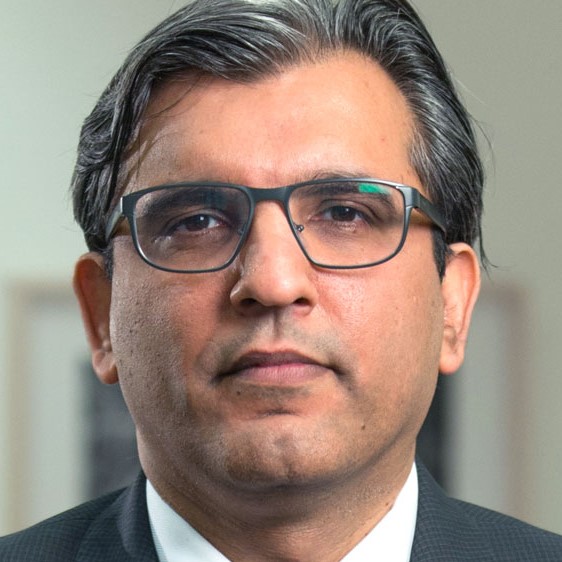Why are central bankers intent on keeping rates high, or even raising them, when inflation is coming down?
The essential issue is that the labor market remains very, very strong. Yes, there has been a slowdown in the momentum of hiring in the US economy. But this is probably the tightest labor market we have seen in decades, so there is a concern in the background that inflation can come back.
The key central banks, including the Fed, made a huge mistake two years ago in underestimating the inflationary forces at play in the economy. As a result, there is an understandable cautiousness and lack of confidence in their own forecasts for inflation. And that is keeping policymakers on this mantra of higher for longer. They want to send the message that they are serious about bringing inflation down.
Why has the US economy held up so well?
There are multiple factors. Obviously, the Covid stimulus packages were very, very strong and we underestimated how long those excess savings would last.
At the same time, the corporate sector did a lot of borrowing at very cheap rates for the longer term during the Covid years. So now companies are earning interest on their deposits, but they are not yet paying extra for their debt. As more companies start to refinance their debt next year, things will change.
What is the path for inflation and growth from here?
The transmission channel by which higher rates have an impact on growth and inflation is delayed, not broken. So the economy will start to respond, especially on the labour market side, and that should start to put sustained downward pressure on inflation going forward. There will be a cost to pay in terms of growth and we remain in the recession camp for next year.
We have to watch the debt refinancing very, very carefully. Our own surveys show the majority of our sector analysts expect at least a 15 to 25 per cent increase in interest expenses for companies they cover. We need to think about the distribution of this increase in interest expense, whether it’s large cap versus small cap, or mid cap equities. In fixed income, you have to think about the default rates, which are starting to kick up.
Could inflation turn negative next year? And when will interest rates come down?
It depends on the extent of the hard landing we get. We think that structural inflation is likely to be higher going forward for the next 5 to 10 years. In our capital market assumptions, we are assuming 3 per cent average inflation for the US. That’s higher than consensus because of climate change policies, because of (de)globalisation, because of the fact that there is so much debt in the system and you need higher nominal rates as a result of higher structural inflation to deflate away those debt burdens.
In terms of the policy manoeuvres, it will depend a lot on where growth is. If the damage is clear and unemployment starts to rise significantly, then we would expect a pivot to happen. But right now, the communication is likely to be higher for longer to give that signal of credibility to the market because of the current economic resilience. Until that changes, the pivot will not happen any time soon.
We all heard what Powell said in Jackson Hole, but do you think the Fed will raise its 2 per cent inflation target?
The communication right now is unequivocally that they're not going to change the 2 per cent target, but we think that will really be tested once the cycle turns. If the labour market starts to get damaged, growth comes under pressure, and inflation is still high, that will be the test. But it is too early to have that discussion in our view.








































